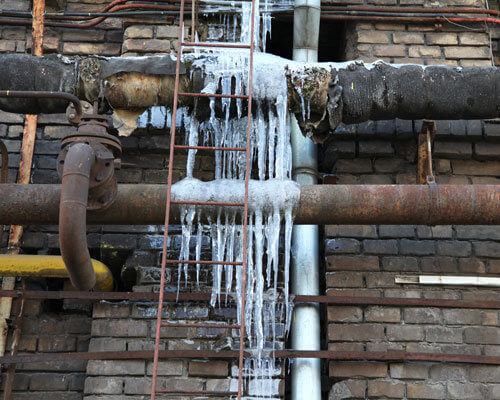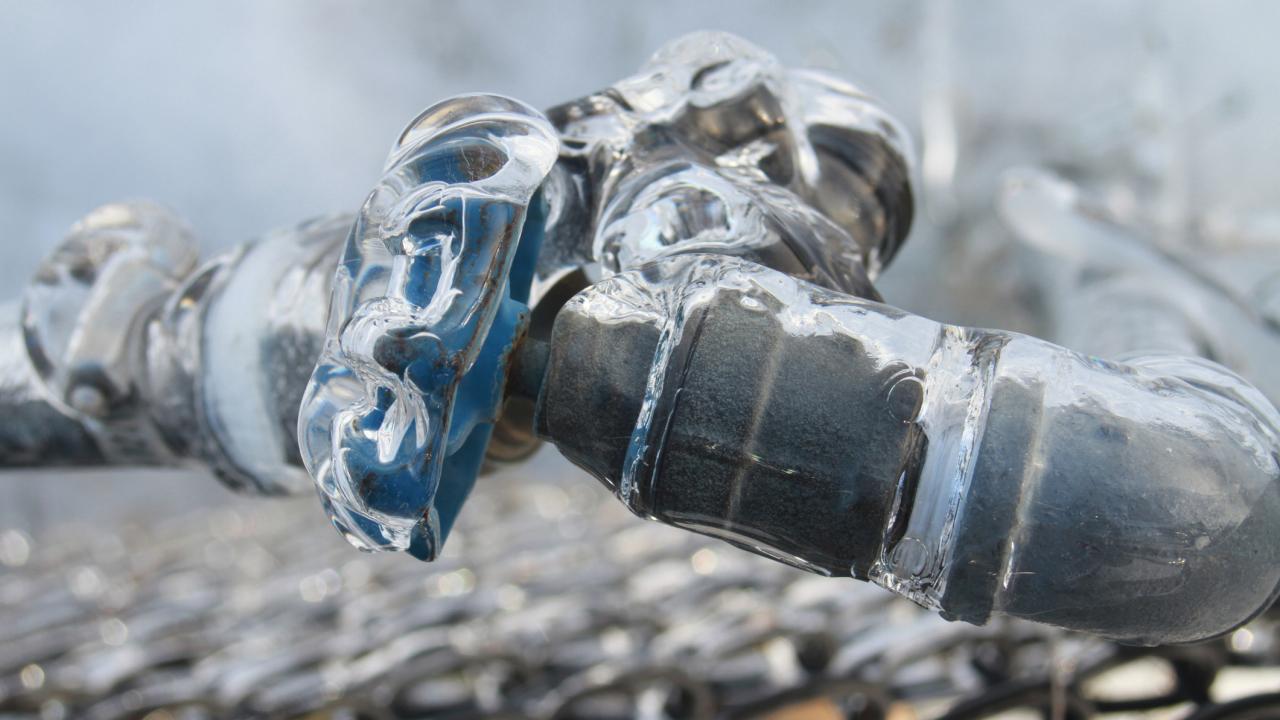Are you trying to locate critical information involving Preventing and dealing with frozen pipes?

Cold weather can wreak havoc on your pipes, particularly by freezing pipelines. Here's just how to avoid it from taking place and what to do if it does.
Introduction
As temperatures decrease, the risk of frozen pipelines increases, potentially bring about costly repairs and water damage. Understanding exactly how to stop frozen pipelines is critical for property owners in cool climates.
Prevention Tips
Shielding vulnerable pipes
Wrap pipelines in insulation sleeves or make use of heat tape to shield them from freezing temperatures. Focus on pipes in unheated or outside areas of the home.
Heating methods
Maintain indoor rooms adequately heated, especially areas with plumbing. Open cabinet doors to allow warm air to circulate around pipelines under sinks.
Just how to recognize icy pipelines
Search for decreased water circulation from taps, unusual odors or noises from pipelines, and visible frost on exposed pipes.
Long-Term Solutions
Architectural modifications
Think about rerouting pipes far from exterior walls or unheated areas. Include extra insulation to attic rooms, cellars, and crawl spaces.
Upgrading insulation
Buy high-grade insulation for pipes, attic rooms, and walls. Proper insulation assists maintain constant temperatures and lowers the danger of icy pipes.
Shielding Outdoor Pipes
Yard hose pipes and exterior faucets
Detach and drain garden tubes before winter season. Mount frost-proof spigots or cover outdoor taps with shielded caps.
Understanding Frozen Pipelines
What creates pipes to ice up?
Pipes freeze when subjected to temperatures below 32 ° F (0 ° C) for expanded periods. As water inside the pipes freezes, it increases, taxing the pipe walls and potentially triggering them to rupture.
Dangers and damages
Frozen pipes can cause water disruptions, residential property damages, and pricey repairs. Ruptured pipelines can flood homes and cause extensive architectural damage.
Indicators of Frozen Piping
Determining frozen pipelines early can avoid them from bursting.
What to Do If Your Pipelines Freeze
Immediate actions to take
If you suspect icy pipes, maintain faucets available to relieve stress as the ice melts. Make use of a hairdryer or towels soaked in warm water to thaw pipes slowly.
Verdict
Stopping icy pipes calls for proactive procedures and quick reactions. By recognizing the causes, signs, and safety nets, homeowners can safeguard their pipes during cold weather.
5 Ways to Prevent Frozen Pipes
Drain Outdoor Faucets and Disconnect Hoses
First, close the shut-off valve that controls the flow of water in the pipe to your outdoor faucet. Then, head outside to disconnect and drain your hose and open the outdoor faucet to allow the water to completely drain out of the line. Turn off the faucet when done. Finally, head back to the shut-off valve and drain the remaining water inside the pipe into a bucket or container. Additionally, if you have a home irrigation system, you should consider hiring an expert to clear the system of water each year.
Insulate Pipes
One of the best and most cost-effective methods for preventing frozen water pipes is to wrap your pipes with insulation. This is especially important for areas in your home that aren’t exposed to heat, such as an attic. We suggest using foam sleeves, which can typically be found at your local hardware store.
Keep Heat Running at 65
Your pipes are located inside your walls, and the temperature there is much colder than the rest of the house. To prevent your pipes from freezing, The Insurance Information Institute suggests that you keep your home heated to at least 65 degrees, even when traveling. You may want to invest in smart devices that can keep an eye on the temperature in your home while you’re away.
Leave Water Dripping
Moving water — even a small trickle — can prevent ice from forming inside your pipes. When freezing temps are imminent, start a drip of water from all faucets that serve exposed pipes. Leaving a few faucets running will also help relieve pressure inside the pipes and help prevent a rupture if the water inside freezes.
Open Cupboard Doors
Warm your kitchen and bathroom pipes by opening cupboards and vanities. You should also leave your interior doors ajar to help warm air circulate evenly throughout your home.

I discovered that blog posting on Winter Plumbing Precautions: Preventing Frozen Pipes when doing a lookup on the search engines. Sharing is caring. One never knows, you may very well be helping someone out. Thank you so much for taking the time to read it.
Get Offer